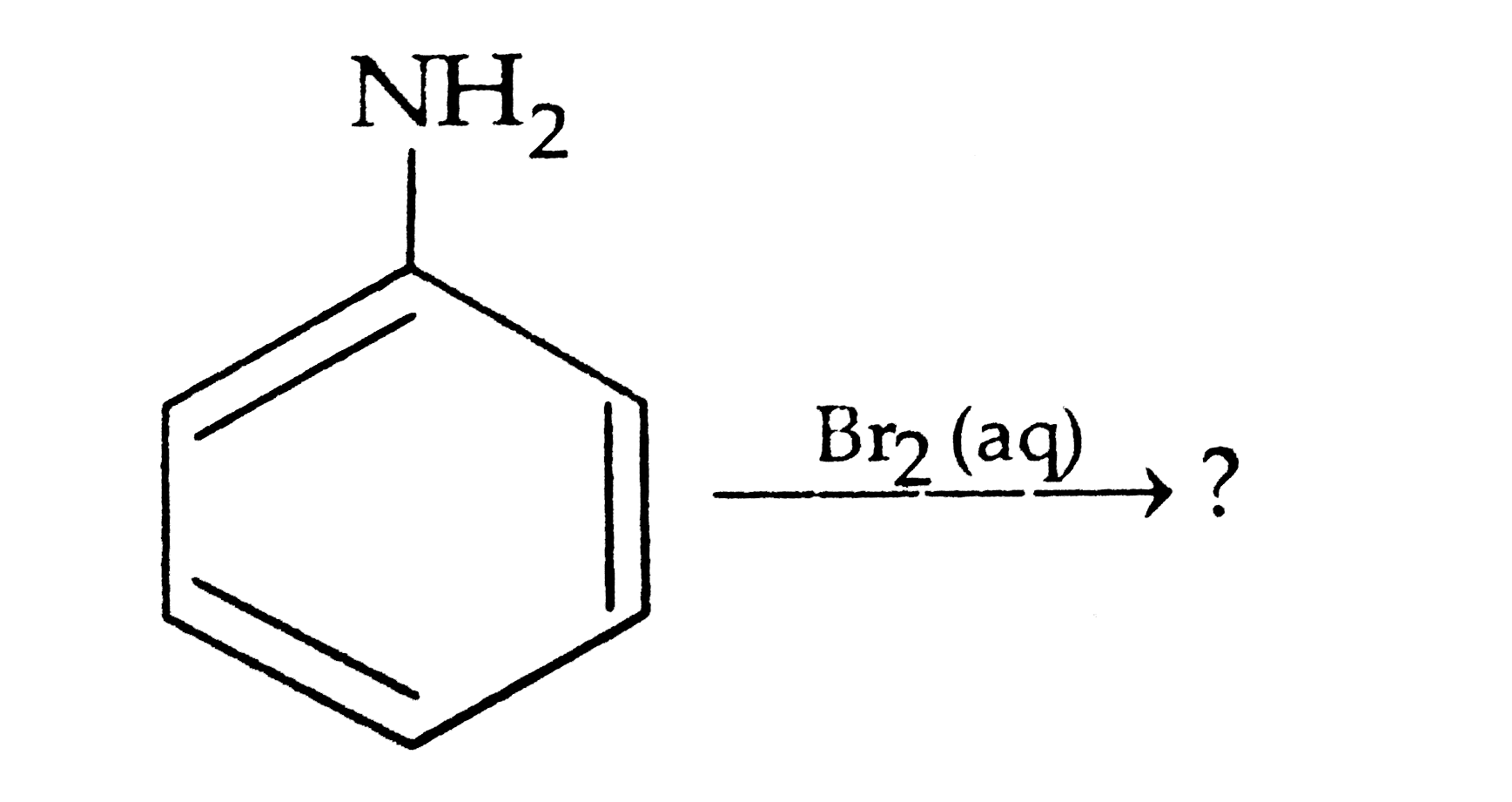Choose total number of correct reaction.
(i) When CuSO4 solution reacts with NH3, complex is formed.
(ii) When CuSO4 solution react withh PH3, complex is formed.
(iii) C12H22O11conc. H2SO4−−−−−−−→2C+11H2O
(iv) NH3(excess)+Cl2Δ−−→NH4Cl+N2
The correct Answer is:7
To determine the total number of correct reactions from the given options, we will analyze each reaction step by step.
Step 1: Analyze Reaction (i)
Reaction: When CuSO4 solution reacts with NH3, a complex is formed.
Explanation:
When copper sulfate (CuSO4) reacts with ammonia (NH3), it forms a complex ion, specifically (Cu(NH3)4)²⁺, which is a blue-colored complex. This reaction is indeed correct.
Conclusion: Reaction (i) is correct.
Step 2: Analyze Reaction (ii)
Reaction: When CuSO4 solution reacts with PH3, a complex is formed.
Explanation:
When copper sulfate reacts with phosphine (PH3), it does not form a complex. Instead, it forms copper phosphide (Cu3P2), which is a black solid. Therefore, no complex is formed in this reaction.
Conclusion: Reaction (ii) is incorrect.
Step 3: Analyze Reaction (iii)
Reaction: C12H22O11 (sucrose) reacts with concentrated H2SO4 to form 2C+11H2O.
Explanation:
When sucrose (C12H22O11) is treated with concentrated sulfuric acid (H2SO4), it undergoes dehydration, leading to the formation of carbon (C) and water (H2O). This reaction is a well-known dehydration reaction of sugar.
Conclusion: Reaction (iii) is correct.
Step 4: Analyze Reaction (iv)
Reaction: Excess NH3 + Cl2 (heat) → NH4Cl + N2.
Explanation:
When ammonia (NH3) reacts with chlorine (Cl2) under heat, it can produce nitrogen gas (N2) and ammonium chloride (NH4Cl). The reaction can proceed in such a way that if ammonia is in excess, it can lead to the formation of these products.
Conclusion: Reaction (iv) is correct.
Final Conclusion
After analyzing all four reactions, we find that:
- Reaction (i) is correct.
- Reaction (ii) is incorrect.
- Reaction (iii) is correct.
- Reaction (iv) is correct.
Total Number of Correct Reactions: 3 (i, iii, and iv)
---
Reaction: When CuSO4 solution reacts with NH3, a complex is formed.
When copper sulfate (CuSO4) reacts with ammonia (NH3), it forms a complex ion, specifically (Cu(NH3)4)²⁺, which is a blue-colored complex. This reaction is indeed correct.
Reaction: When CuSO4 solution reacts with PH3, a complex is formed.
When copper sulfate reacts with phosphine (PH3), it does not form a complex. Instead, it forms copper phosphide (Cu3P2), which is a black solid. Therefore, no complex is formed in this reaction.
Reaction: C12H22O11 (sucrose) reacts with concentrated H2SO4 to form 2C+11H2O.
When sucrose (C12H22O11) is treated with concentrated sulfuric acid (H2SO4), it undergoes dehydration, leading to the formation of carbon (C) and water (H2O). This reaction is a well-known dehydration reaction of sugar.
Reaction: Excess NH3 + Cl2 (heat) → NH4Cl + N2.
When ammonia (NH3) reacts with chlorine (Cl2) under heat, it can produce nitrogen gas (N2) and ammonium chloride (NH4Cl). The reaction can proceed in such a way that if ammonia is in excess, it can lead to the formation of these products.
After analyzing all four reactions, we find that:
- Reaction (i) is correct.
- Reaction (ii) is incorrect.
- Reaction (iii) is correct.
- Reaction (iv) is correct.
Topper's Solved these Questions
- p-BLOCK ELEMENTSBOOK - VK JAISWAL ENGLISHCHAPTER - p-BLOCK ELEMENTSEXERCISE - ASSERTION REASON TYPE QUESTIONS
24 Videos
- METALLURGYBOOK - VK JAISWAL ENGLISHCHAPTER - METALLURGYEXERCISE - ASSERTION-REASON TYPE QUESTIONS
29 Videos
- PERIODIC PROPERTIESBOOK - VK JAISWAL ENGLISHCHAPTER - PERIODIC PROPERTIESEXERCISE - MATCH THE COLUMN
11 Videos
Similar Questions
Knowledge Check
In the given chemical reaction, 2P+H2O+CO2→QH2O+CO2−−−−−−→2RNaCl−−→S+NH4Cl
Identify S.ANa2CO3BNaOHCNaHCO3DNH3
NH4Cl+NaNO2Δ−−→N2↑⏐⏐+NaCl+H2O
View SolutionNH4Cl+NaNO2Δ−−→N2↑⏐⏐+NaCl+H2O
View SolutionWhen NH3 reacts with conc. H2SO4 products formed is/are:
View SolutionProduct formed when excess Cl2 reacts with NH3
View SolutionCuSO4+NH3(excess)→[Cu(NH3)4]2+
View SolutionThe products formed when Cl2 reacts with excess of NH3 are
View SolutionWrite the main products of the following reactions:
(i) C6H5N+2Cl−H3PO2+H2O−−−−−−−−→?

(iii) CH3−C∣∣O−NH2Br2+NaOH−−−−−−−→?
View Solution
